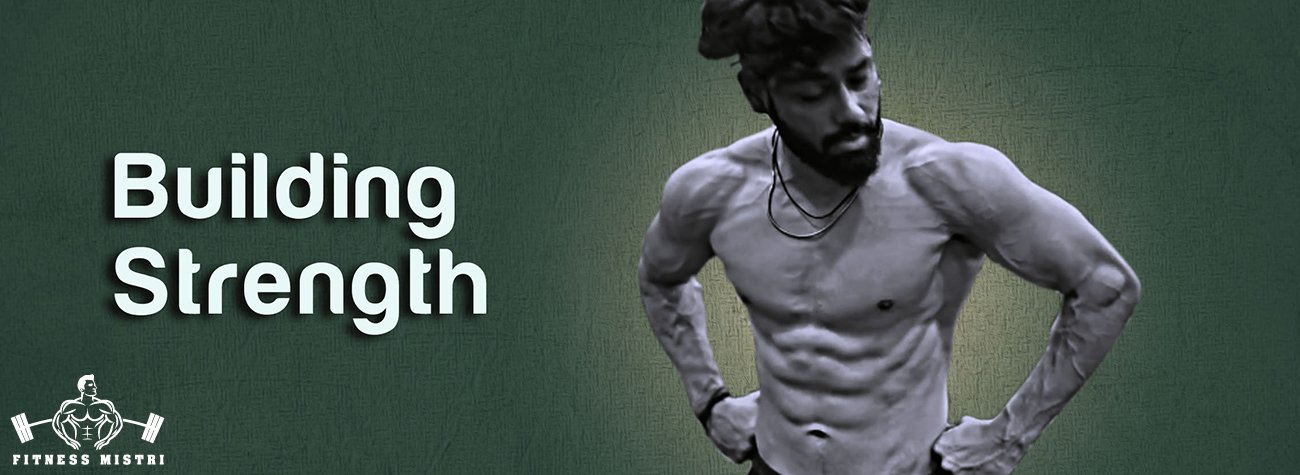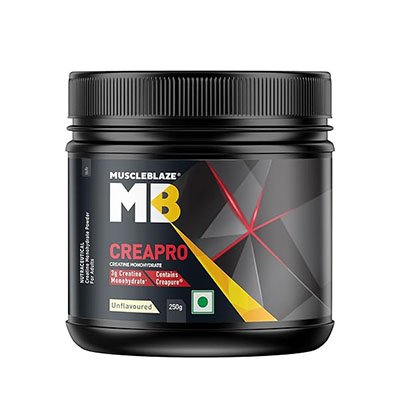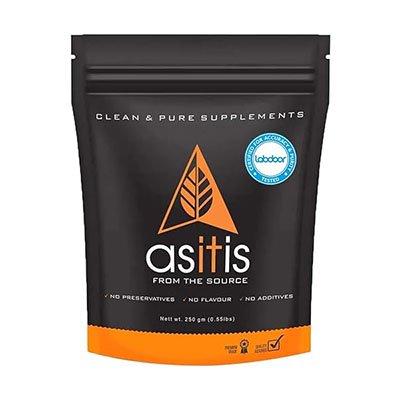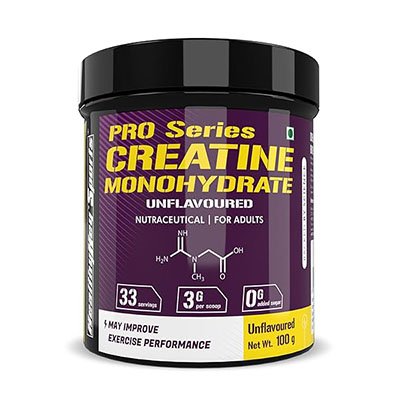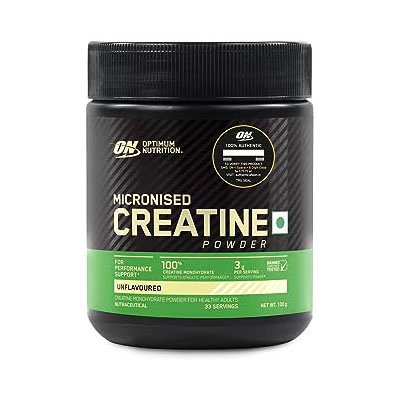Build Muscle Strength
Building strength is depends on your resistance training, proper nutriion and rest for your recovery. Here we are introducing some points for build strengh.
RESISTANCE TRAINING
Always choose a strength training program: Choose a structured program that focuses on compound exercises targeting multiple muscle groups.
Compound Exercises: Compound exercises such as squats, deadlifts, bench presses, overhead presses, pull-ups, and rows. These exercises engage multiple muscle groups and stimulate strength gains.
Progressive Overload: Gradually increase the resistance (weight) you lift over time. This progressive overload principle is key to building strength. Start with a weight you can lift with proper form and increase it as you get stronger.
Repetition Ranges: Work in lower repetition ranges (typically 8-10 repetitions) with heavier weights to maximize strength gains.
Proper Form: Maintain proper form to prevent injuries and ensure effective muscle engagement. Consider working with a certified trainer to learn and perfect your form.
NUTRITION
Caloric Surplus: To build strength, you'll need to consume slightly more calories than your maintenance level. This surplus provides the energy needed for muscle growth.
Protein Intake: Ensure an adequate intake of protein to support muscle repair and growth. Aim for around 1.2 to 2.2 grams of protein per kilogram of body weight daily.
Carbohydrates and Fats: Carbohydrates provide energy for workouts, and healthy fats are essential for overall health. Include a balanced diet with all macronutrients.
Hydration: Stay well-hydrated to support muscle function and recovery.
REST AND RECOVERY
Get 8-9 hours quality sleep and rest days in training programm for your muscle recovery and muscle growth and prevent overtraining.
CONSISTENCY
Stick to your training and nutrition plan over an extended period to see significant strength gains and record your workouts, including the exercises, sets, reps, and weights used to track track your progress.
LISTEN TO YOUR BODY:
Pay attention to how your body responds to your training program. If you experience pain or overtraining symptoms, adjust your program or seek professional guidance.
CONSULT A HEALTHCARE PROFESSIONAL
Consider consulting with a professional trainer or nutritionist before adding supplements to your regimen. Common supplements for strength training include creatine, whey protein, and branched-chain amino acids (BCAAs).
What is micronizied creatine monohydrate?
Micronized creatine is created when we break down regular creatine monohydrate into much smaller particles. The particles of micronized creatine are 20 times smaller than regular creatine, which causes micronized creatine to dissolve quickly in water and be absorbed by the body very quickly.
Does creatine monohydrate have any side effects?
Creatine monohydrate has no side effects for a healthy person, you can take 3 to 5 grams of it regularly.
Does taking creatine cause hair loss?
A small study in 2009 found that DHT hormone increased in some people after taking creatine, but this research did not say that it caused hair loss problem.
